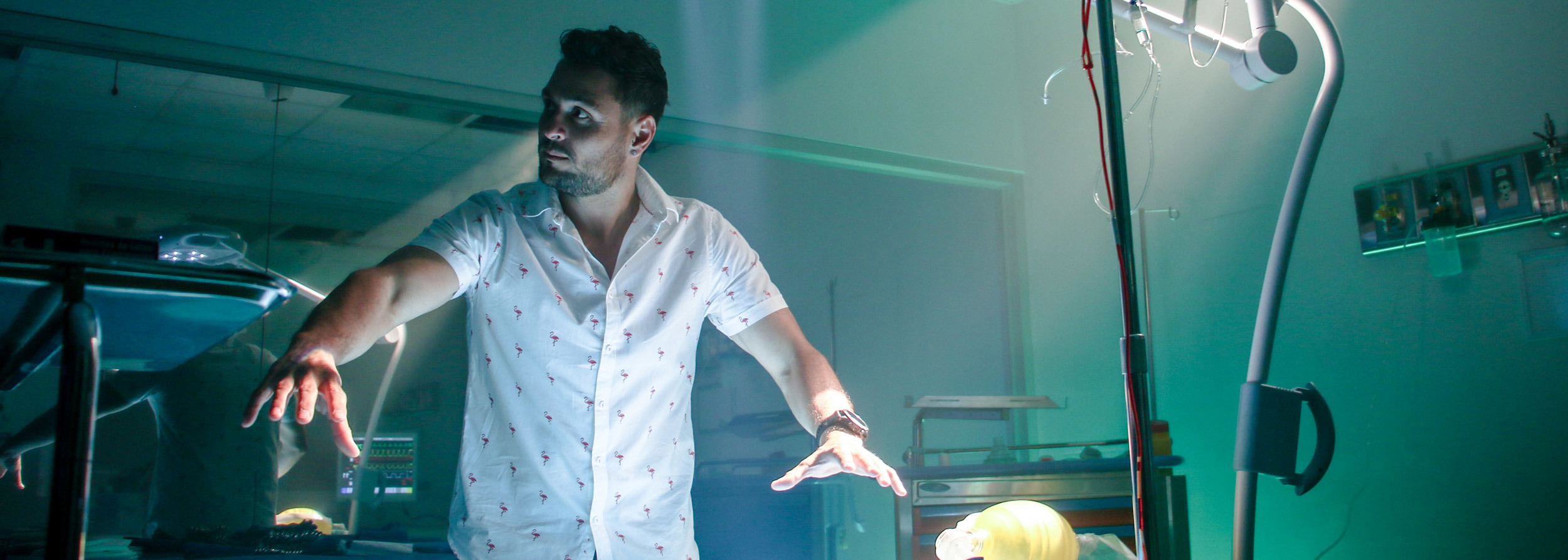
Industry Insight: LED Lighting in Modern Cinematography
How has the way that cinematographers and lighting designers approach their lighting challenges changed in the era of LEDs? Litepanels reached out to four prominent professionals for their insights. (Sponsored by Litepanels.)
How has the way that cinematographers and lighting designers approach their lighting challenges changed in the era of LEDs? Litepanels reached out to four prominent professionals for their insights. Bella Panggabean (BP), Christian Epps (CE), Christian Herrera (CH), and Danna Kinsky (DK) responded with colorful stories about working under tricky conditions, revealed some of their best tricks of the trade, reminisced about advice from their mentors, and offered their thoughts on lighting today.
What is the best piece of lighting advice you’ve ever received?

DK: One of the most memorable pieces of lighting advice that I received is this: “Always remember negative light and negative space. Don’t be afraid of the dark!”But what also comes to mind is the first time I got lighting advice on a “real” set in New York. It was by the fantastic Peter Biziou, BSC during the gas station bathroom scene in the film Unfaithful. From my perspective in 2001, Peter had all the crew and gear anyone could ever want, but all he did was put a practical bare bulb in the corded socket that came out of the ceiling and called it a day. When I couldn’t hold my question in, I asked him about that, and his answer was this: “Sometimes, all it takes is one light bulb.”
CH: “Feel the light” from Russell Carpenter, ASC.
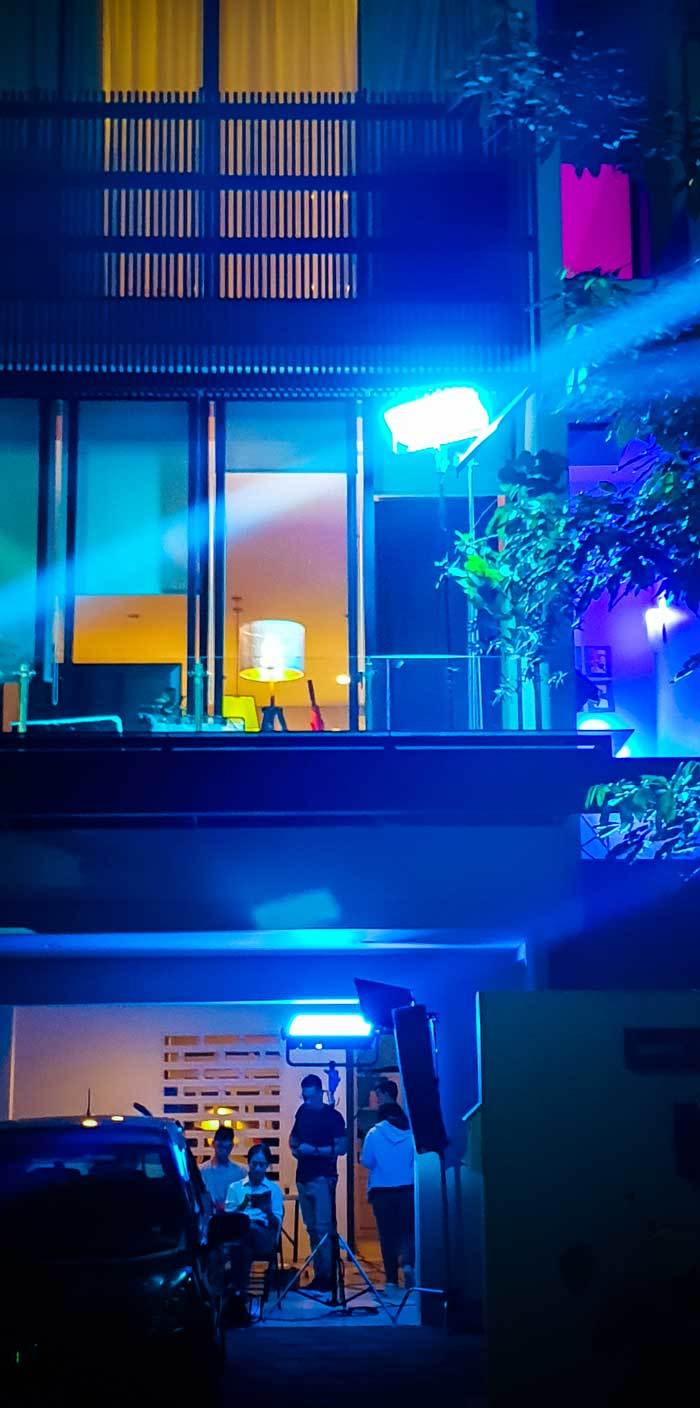
BP: A few years back, I worked occasionally as a camera assistant in Jakarta for foreign DPs with shooting gigs in the country. One of them was Stuart Graham, a British commercial DP who is now a dear friend and whose works and on-set action I admire. He once told me that as DPs, we are there not only to serve the project but also be the technical consultant on the best practices and approach in executing an idea. Hence, he urged me to always explore and be daring, as he believes that we need a challenge to push our minds into thinking of new ways, better ways, and different ways of shooting a subject. A scene or even a frame could literally be lit and shot in a million different ways, but offering our best advocacy as the professional DP on set determines our creative integrity and our integrity as people.
CE: From Bradford Young, ASC came the best phrasing of the grand idea that I had been working on my whole life but had not coalesced so succinctly: “We light spaces, not faces.”
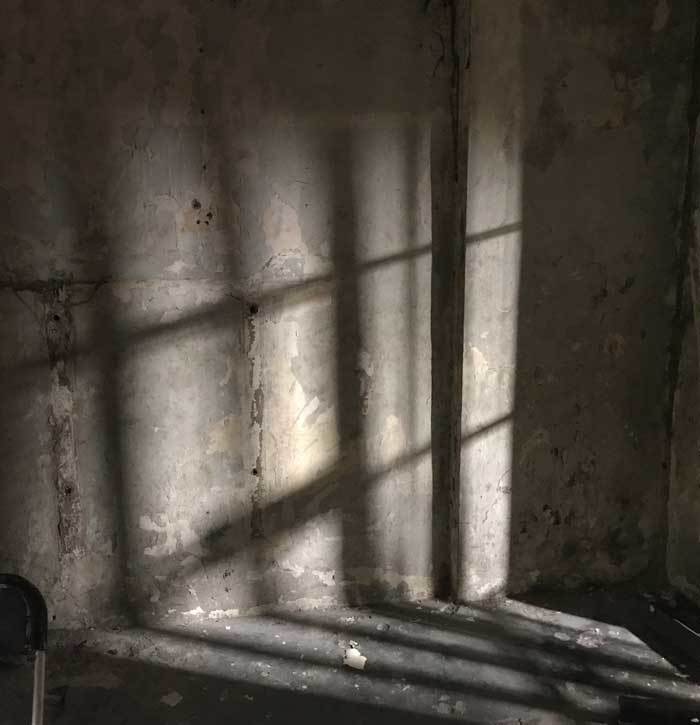
How did you approach the most challenging lighting set-up you have ever faced?
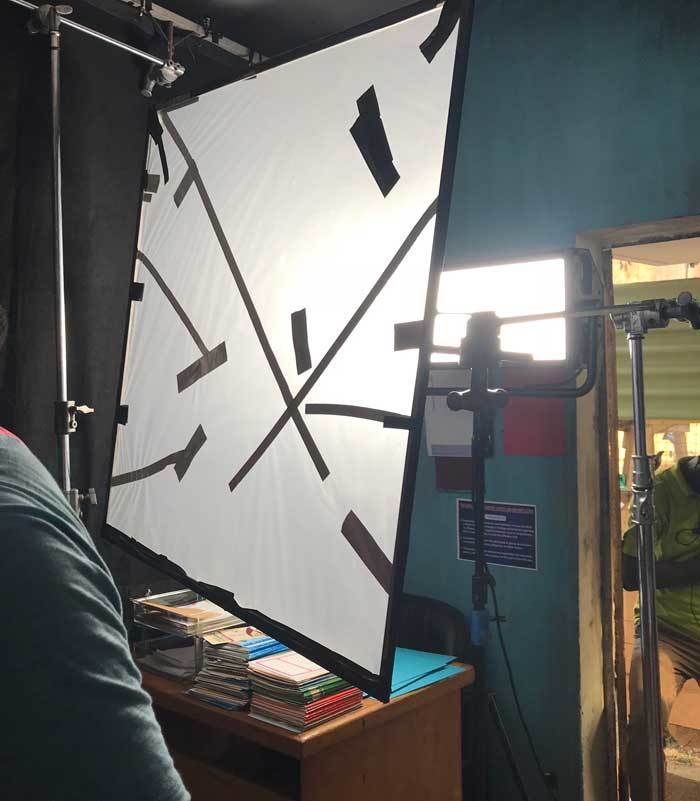
CE: I just came off of a show with lots of handheld work deep in a forest. I opted for 185ft condors with HMIs, big LEDs on the ground, small LEDs on the ground, and handheld LED tubes on the ground. All the LEDs were wireless. The first thing we did was spend the money to do a test. That was crucial! It was also risky because had that idea not worked, the money would have still been spent. We made some adjustments to height and color, but the feeling was right!
DK: In my world of lower-budget indie films, the challenge usually has something to do with the need to compensate creatively for lack of the proper tools for the task. It can be not having the appropriate or best light unit to reach the goal, and finding ways to get around that. Or sometimes it’s not having enough crew or time to put up a light where it would be best for the scene. I tend to come to set well prepped with a plan of what I want to achieve and a map to communicate that to the crew.
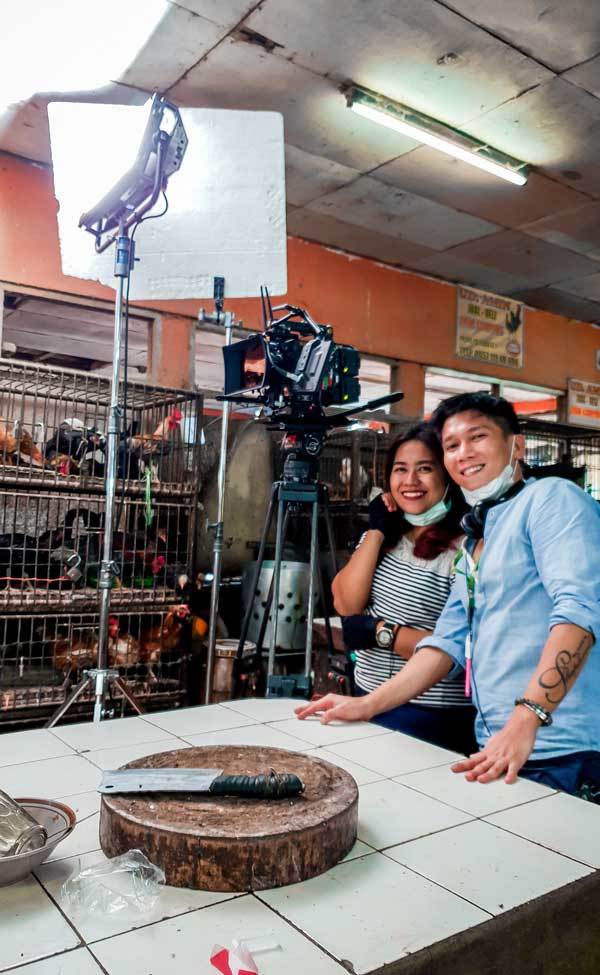
BP: It was a TV commercial gig for a banking company in Indonesia. One of my habits prior to any shooting date is to check the weather forecast, especially if we shoot outdoors. On this specific date of shooting, we had expected rain, but it turned out to be much worse; the rain started right after we arrived on set early morning and didn't stop till midday. We had a full 30-second spot to finish in only five hours before we lost daylight. The challenge was in lighting quickly and still providing enough variance between the set-ups. The director’s concept was “Sunday morning light,” yet it was super-overcast with a flat, gloomy sky. I was really saved by the decision to use ARRI fixtures onset to replicate the light source, especially the backlight on the celebrities’ hair. I knew there would be a color tweak to help bring out the contrast, but the mise-en-scène had to be created on set. In the end, when I graded the footage with my colorist, he was really surprised because the images looked crisp, pristine, and were easy to grade. Most importantly, the director, agency, and clients were really happy with how the images turned out.
CH: I just wrapped a TV commercial for Cine House, my film equipment rental house based in Costa Rica. The biggest challenge was to photograph something I hadn't done before. I created a nighttime scene in an airport, a sequence shot where the camera moves at 360 degrees with a lighting set-up that’s cued with an airplane crashing into a window. I used 85 light fixtures: four HMIs, 13 tungsten fixtures, and 68 LED lights including Litepanels’ Gemini 2x1, Astra 1x1, Sola 6+ fresnels, Quasar Science tubes, Astera’s tubes, ARRI, LiteGear LiteMats, and Cineo fixtures. This was the first time I used this many lights with lighting effects — using RGB to create colors, working with gel mode — and using them as practical [set dressing], as key light, and finally, as ambient light. Doing this, I discovered something new for myself and created something bigger and more attractive visually than ever before.
Do you have any tips for fellow filmmakers when using LED panels?
BP: The World of LEDs is upon us. Embrace it. It’s a great thing; it makes filmmaking more democratic. Do some testing and research, and use the technology to your best advantage. Stay curious. Don’t fight change. Just about everything you can think of can be done with LEDs.
DK: For any filmmaker using LED panels, my most important tip is to test the light. Using a spectrometer (if you have one or can borrow someone’s) to see, in a scientific way, the spectrum that your light provides. In my opinion, this is the best way to know if your light will work the way you expect it to on set. If you don’t have access to one, try testing your actor in front of the light with the camera that you’ll be using to see if the panels are achieving your goal. There’s so much that goes into light manufacturing: this is the way to see the difference between reliable brands like Litepanels and the other cheaper knockoff solutions.
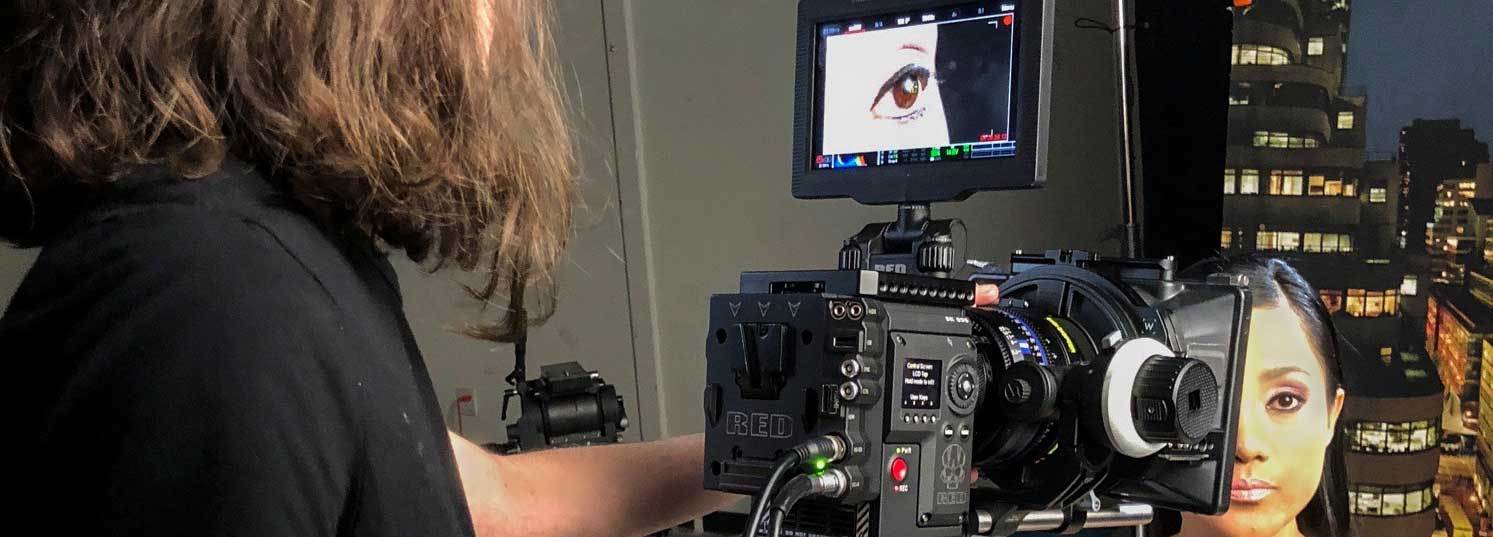
CH: Learn and study the equipment you will use; that way you will have a wider knowledge of what is possible to create. There are so many options out there that give you an infinite palette of colors with which to paint your frame.
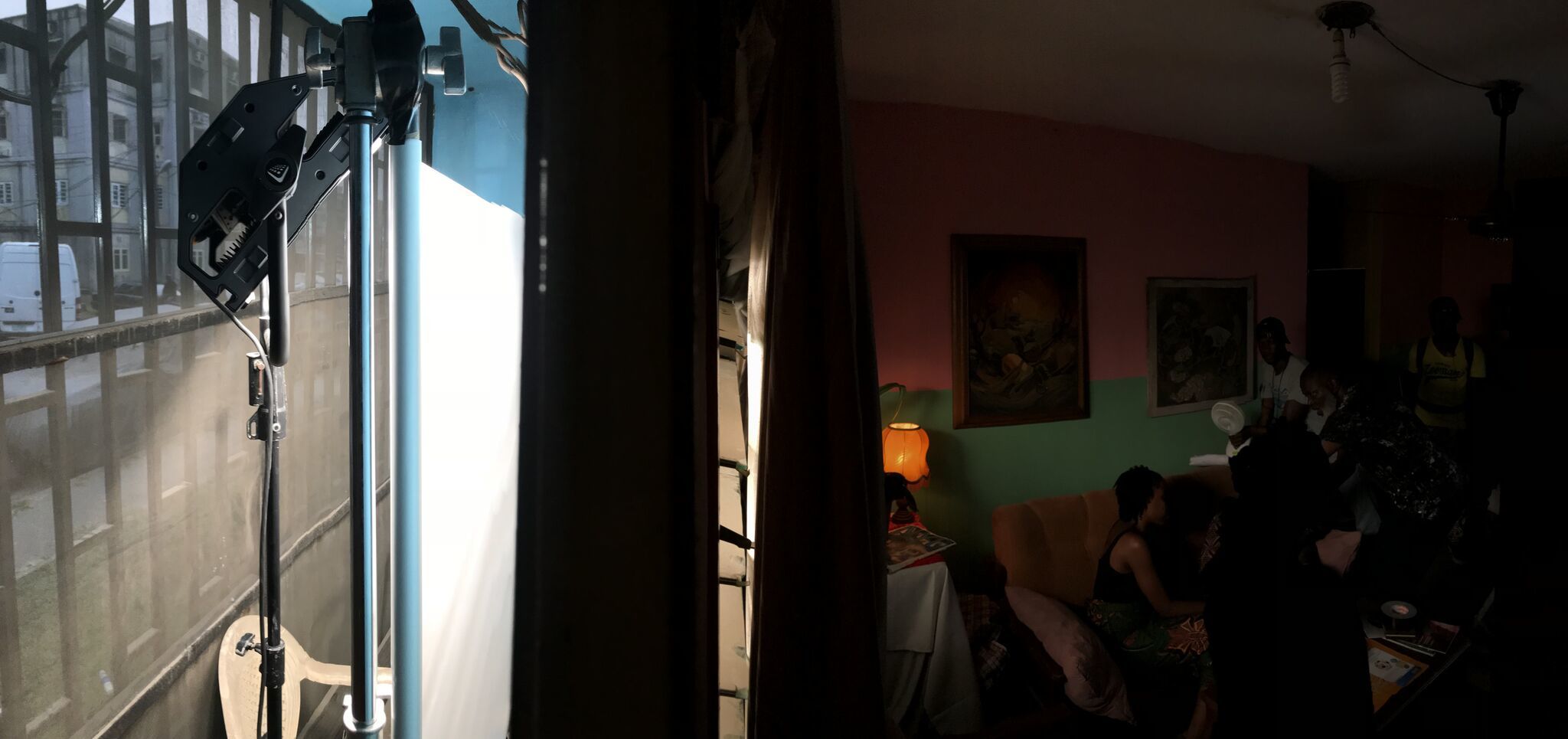
CE: Study the form factors of a variety of lights — fresnels, PARs, beam projectors, the old Mole soft lights, open face lights, sunlight, moonlight, streetlights, fluorescents, etc. You’ll build a big image bank in your head to pull from so that you can learn to make the LED panels serve different jobs well. They can be a lot more than a simple wash if you have the creative idea in your head.
What is your “signature” lighting trick?

CH: I think I am like a magician, as I am always finding new tricks to create emotions to the audience (or just to entertain them)! My signature is to keep innovating and experimenting so that every project I photograph will always have a unique look.
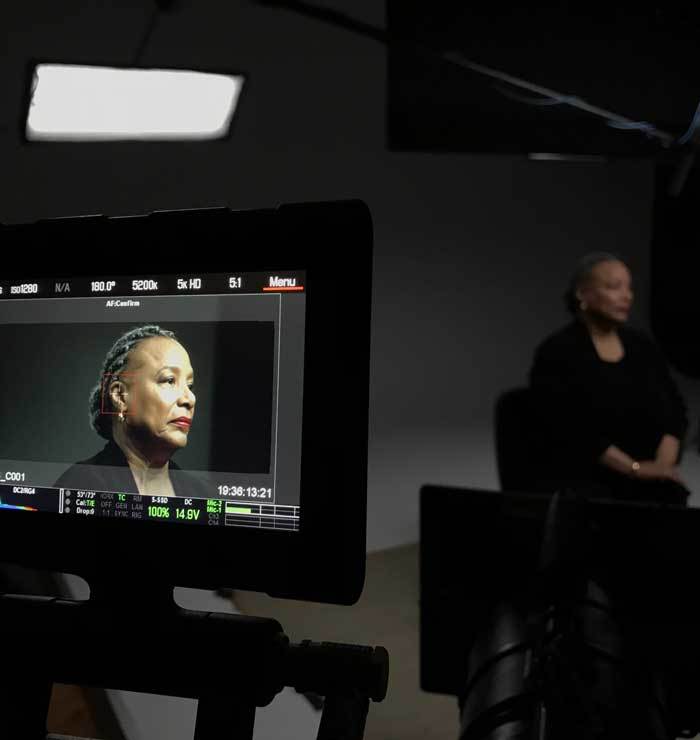
CE: Skin tones looking warm and beautiful. I like to add a piece of muslin over LEDs when using them on faces or mixing them with lamps shades and such. Bleached or unbleached — each has its own characteristics.
What film has had the most impact on your career to date?
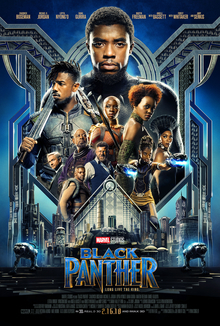
BP: I began my career in moviemaking admiring Wally Pfister, Tim Maurice-Jones, Darius Khondji, Janusz Kaminski, Sean Bobbit (mostly for his work with director Steve McQueen), Matthew Libatique, and Emmanuel Lubezki. However, the more I grow as a DP, the more I know how tough the battle is to be one, let alone be a female in this male-dominated field. Therefore, the fact that Rachel Morrison was the first woman to be nominated for the Academy Award for Best Cinematography with her movie Mudbound — and that she shot the box office action superhero movie Black Panther — inspires me and drives me to enjoy the process even more. Rachel inspires me to set an example for other fellow female filmmakers and film students in my country by being consistent in what I do and having faith that the sincerity and honesty of my work will resonate.
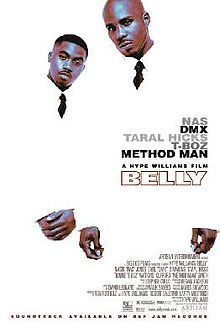
CE: Belly, directed by Hype Williams, with Malik Sayeed as DP. It was in the music video heyday, and there were a slew of new looks in that film, one after another. And so bold and beautiful. It was used for teaching in film schools for a decade after its release. I still get several calls a year because of that film!
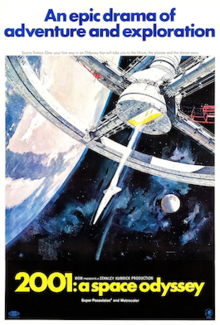
CH: Wow, I need a whole magazine to name them all. I would say 2001: A Space Odyssey, made in 1968. Every time I watch it, I learn camera and lighting techniques that we still use today! This movie makes me want to create new sensations with images, finding new tools to tell the story and expanding the art of cinematography.
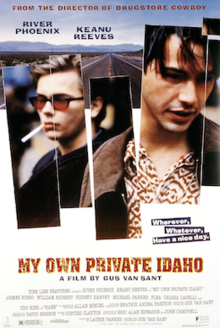
DK: My Own Private Idaho by Gus Van Sant starring Keanu Reeves and River Phoenix was shot by John J. Campbell and Eric Alan Edwards in 1991. It was the first time I remember really noticing the cinematography as a character in the film. The color balance, framing, and movement all seemed perfect to me. It opened my eyes to a world I entered and will never leave.
Summary
Our panel come together from diverse places, backgrounds and disciplines, each brings a unique perspective based on their own personal journey through the world of cinematography as they developed their unique cinematic techniques. We might have expected this diversity to bring widely differing opinions, yet common themes were highlighted in our conversation; fearlessness, integrity, innovation, knowledge, hard work and an appreciation of beauty in its many forms — all qualities that shine through those at the top of the imaging world.
The words and advice of our panel can be considered by DPs, cinematographers and lighting designers to help them to create and capture images worth remembering.
For more hints, tips and information on LED lighting, head on over to http://www.litepanels.com
Enter the #Litbylitepanels prize-draw today for your chance to win a Litepanels kit: https://bit.ly/2R4XTtW
The Pros at A Glance
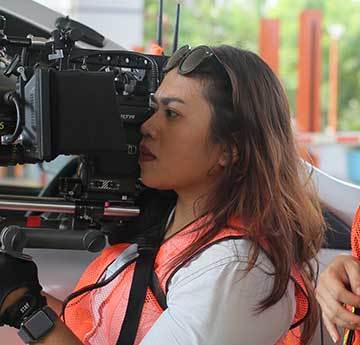
Bella Panggabean – Indonesia
Known for her immense passion for visual art, photography and cinematography, and with a keen eye for detail and beauty, Panggabean’s award-winning visual storytelling — in still and motion pictures — is featured and admired worldwide.
With more than a dozen shorts to her credit, her artistry can also been seen in feature-length films such as “Bargain” and “Kenapa Harus Bule” as well as commercials for clients such as Toyota, Mitsubishi and Google. bellapanggabean.com
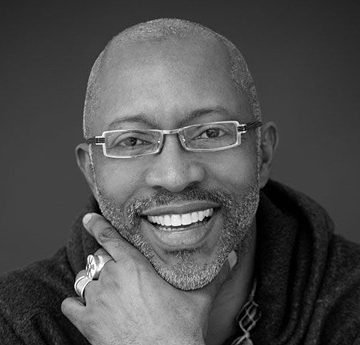
Christian Epps – USA & Africa
With more than two decades of experience in motion pictures, broadcast television and live theatre, lighting designer Christian Epps’ talent for dramatic lighting has been called on by directors such as Spike Lee, Hype Williams and Nick Castle.
His work includes the critically acclaimed feature Selma and Sundance Best Cinematography winner Ain’t Them Bodies Saints, as well as music videos for such global superstars as Michael Jackson, R. Kelly and Queen Latifah.
christianepps.com
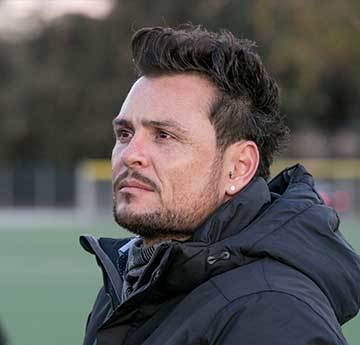
Christian Herrera – USA & Costa Rica
From the urban sprawl of Los Angeles to the isolated Kingdom of Bhutan and the beaches of the South Pacific, Christian Herrera’s passion for imagery and culture, and exploration sees him travelling the world to bring Hollywood magic to high-profile global productions.
As well as his award-winning music videos for artists such as Ricky Martin, his work can also be seen in documentaries for National Geographic and commercials for such clients as New Balance.
christianherreradp.com
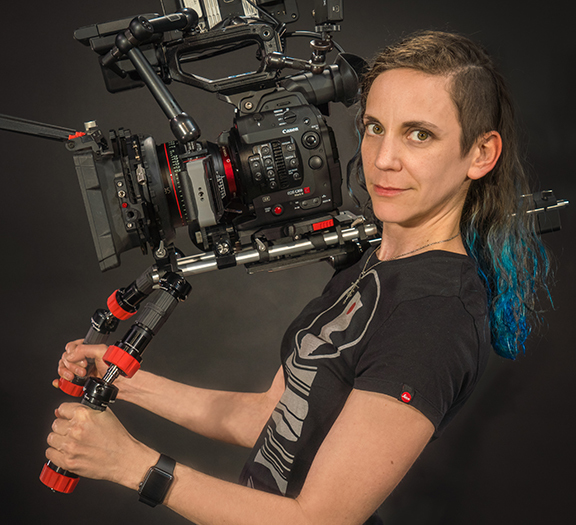
Danna Kinsky – Los Angeles
Danna Kinsky’s dedication to creating emotional stories through images that move the heart, together with her mission to make the world a better place by creating new perspectives sees her traveling frequently and widely to seek out these stories and put them on screen.
Creating award-winning narrative films for over 25 years, her work also includes documentaries, music videos and commercials showcased on major networks such as ABC, PBS, MTV and Discovery channel and seen at the world’s premier film festivals.
dannakinsky.com






